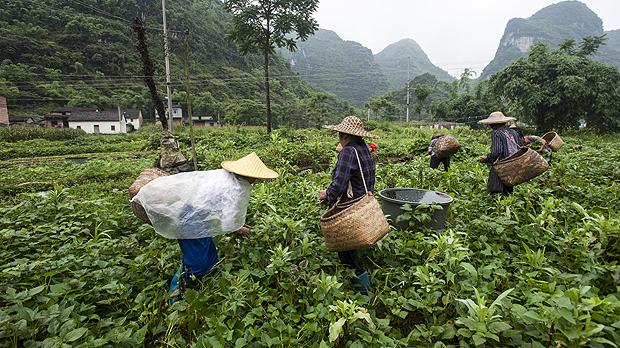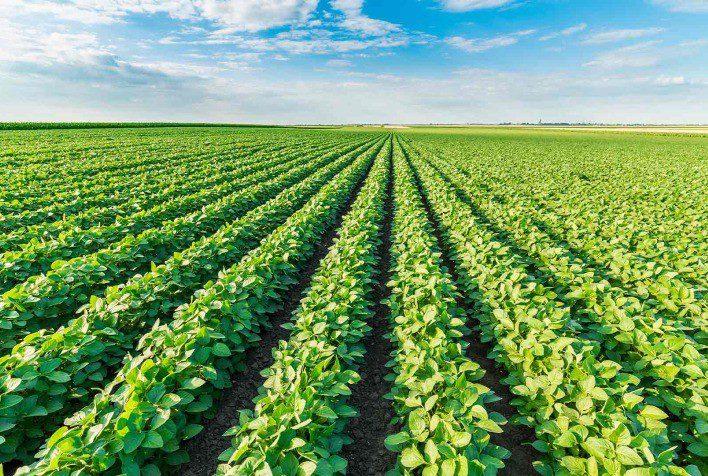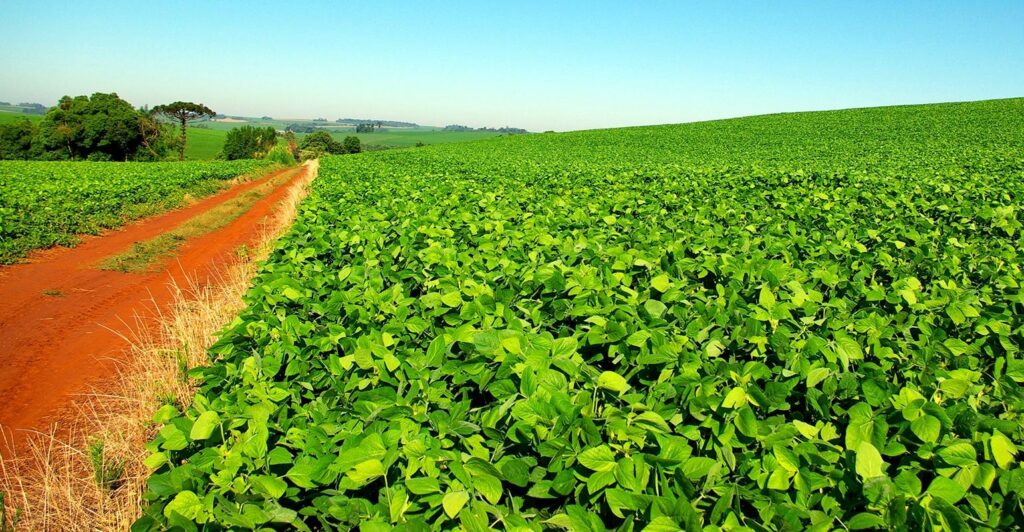Charcoal rot, instigated by the soilborne fungus Macrophomina phaseolina (Mp), continues to be an apprehensive threat to soybean farming worldwide. Crop losses accrue silently,the disease frequently enough lingering undiagnosed until considerable damage has already occurred—sometimes as many as 40% of susceptible plants in certain fields may show reduction in yield when left unchecked. These silent losses underscore both the severity and cryptic nature of charcoal rot outbreaks.
Global cultivation regions with hot, dry climates see Mp thrive almost unfettered beneath the surface. The fungus remains viable for years as sclerotia embedded in soil or plant debris, ready to take advantage of stress periods—especially drought and elevated temperatures—in soybean life cycles. With yield reductions that can swing unpredictably from negligible during wet years to devastating under heat stress, ther exists a real necessity for preemptive diagnostics beyond visual appraisal alone.
Recently innovated high-resolution risk maps have begun fundamentally altering disease monitoring strategies for growers. What sets these maps apart is thier reliance on geostatistical modeling; researchers synthesized an extensive dataset by sampling some 297 distinct Paraguayan soybean fields distributed across seven regional departments—for context, Paraguay ranks among top global producers due largely to its concentrated southeastern industrial cultivations.
Analyzing this variegated array of soils (with unique physicochemical properties such as pH and clay fraction), scientists detected pronounced geographic clusters: higher colony-forming units (CFU) were consistently measured where soil acidity prevailed alongside greater clay content—peculiarly though, a few isolated outliers with sandy or alkaline soils bucked this pattern altogether. Incorporating predictive algorithms like ordinary kriging and co-kriging enabled these experts to interpolate fungal abundance even between disparate sampling nodes with remarkable accuracy; such computational advances help depict not just static presence but spatial risk gradients based on local edaphic variables.
A perhaps slightly overlooked aspect relates to integration—it’s not merely mapping pathogen quantity but also quantifying susceptibility tied directly into plant health metrics over time. Lower pH correlated inversely yet distinctly with Mp populations; this inverse relation has traditionally implied a mitigating effect on proliferation potential—but curiously enough several zones showed sporadic dense colonization even above critical pH thresholds last season.
Unusual for phytopathology surveys is how these new risk assessment tools operate at hyper-local resolutions: rather than broad county-level forecasts typical of last decade’s extension bulletins, farmers now access digital overlays highlighting individual plot hotspots down to sub-field grids measuring just meters wide. Such precision lets agronomists swiftly deploy remedial interventions—whether fungicide applications or modifying irrigation regimes—or more cautiously allocate drought-resilient cultivars only where infection risks are maximized according to real-time predictions.
Notably missing from earlier practice was any genuine capacity for actionable foresight before symptoms manifest; conventional scouting detects wilt and chlorosis once internal vascular blockage has occurred—that is genuinely too late for practical remediation since systemic spread often precedes external indicators by days if not weeks.
The mapping paradigm exploits advanced computer vision techniques combined sometimes with machine learning classifiers trained specifically on early-phase charcoal rot symptomatology—even so far as using seedling stem cross-sections processed through supervised models capable of distinguishing healthy versus infected tissue at nearly 97% reliability in field trials last year—the recognition rate dropped modestly under non-uniform lighting conditions but held robust overall across environments studied so far—which reiterates how vital quality input variables remain compared against operator-independent imaging results which occasionally introduce minor inaccuracies when not calibrated locally each season.
A slight anomaly deserves mention here: while environmental data integration forms the backbone of most modern epidemiological forecasting efforts today, a handful of ancillary datasets (weather patterns interpolated from regional stations sometimes lag geographic specificity) have sparked debate within extension circles concerning variable timeliness—the first versions actually overestimated infection risk during abnormally cool springs—a scenario infrequently encountered given prevailing climatic trends but still pertinent should long-term anomalous oscillations recur (which one must admit they rarely do).
Growers now witness tangible impacts from adopting these novel technologies—not only lessening direct yield losses via well-timed fungicidal interventions but also optimizing resource expenditure thanks partly due to high-spatial resolution which identifies precisely where treatments will deliver meaningful return versus blanket field-wide applications that can deplete budgets unnecessarily quickly. Predictive insights gleaned also facilitate hybrid selection decisions prior even planting—a subtle shift toward preventative agriculture gaining momentum internationally because adaptability is becoming increasingly critical given shifting climate envelopes globally influencing crop pathosystems unpredictably each year without exception despite localized variances dictating specific outcomes within those broader patterns often described as universal truths yet frequently contradicted regionally upon closer inspection.
Ultimately then—with innovative geostatistical disease mapping techniques reshaping tactical responses at every operational level—the outlook confronting charcoal rot becomes less daunting than once feared despite occasional contradictions found lingering amid emergent datasets and evolving diagnostic benchmarks guiding decision-making day-by-day through another uncertain growing season already underway somewhere southward right now should you care about harvest prospects months henceforth rather than post hoc lamentation alone.










